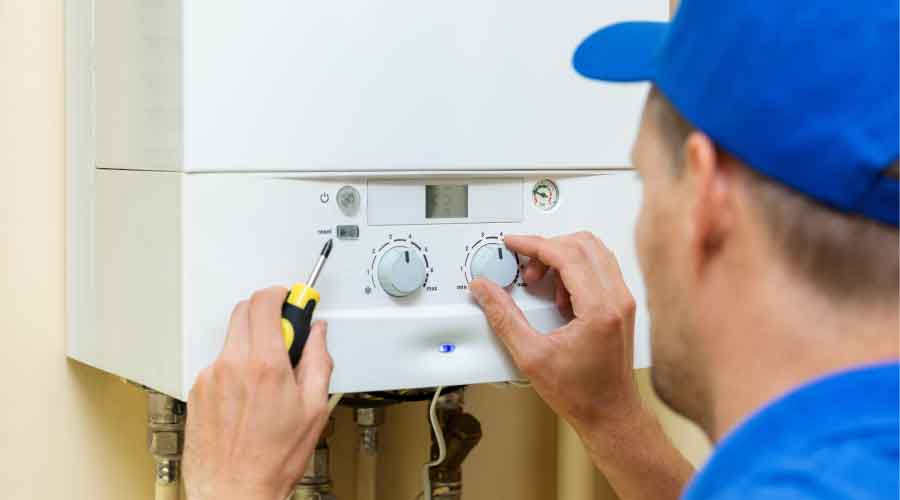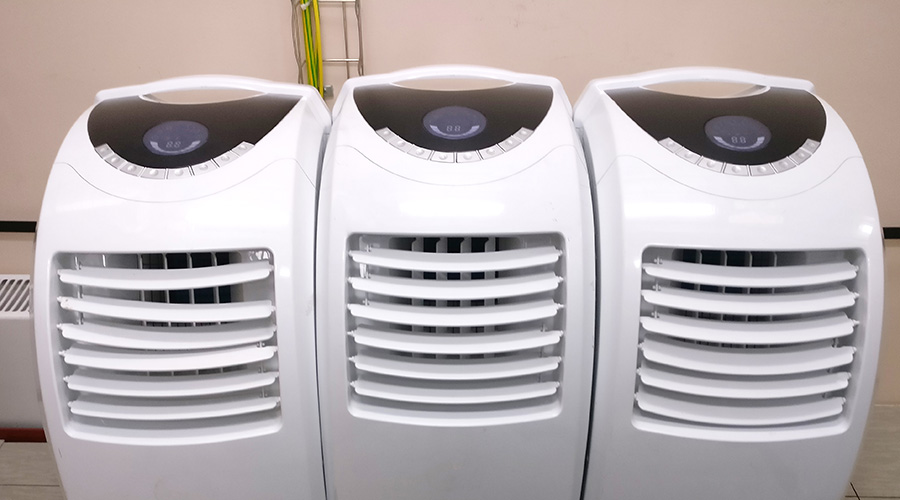Illinois Hospital Encounters Challenges Installing New Boilers and Chillers
The chillers' initial operation did present one minor complication.
"One of the things we did learn with the new chillers was that the new equipment was a little more sensitive to electrical fluctuations," Buri says. "We found them to be a little more sensitive. Basically, (the chiller) would go offline. Because of the electronics and system protection built into the new chillers, it could take 20 minutes to a half-hour for it to restart after going through its troubleshooting cycle. That was one of the things we did learn.
"It was on the utility end. If there was a storm, or if they closed switches, it would have an impact on the hospital. All of the sensitive equipment would take a hit. It affected our (new) chillers, but it didn't affect our older chillers."
The solution came in consultation with the chillers' manufacturer.
"We had the manufacturer come in and make some adjustments to reduce that cycle time," Buri says. "What we've done is narrow that down to maybe a 10-minute restart, which is a little more livable for everyone."
Troubleshooting Boilers
While the chiller issues were relatively minor, the installation of high-efficiency boilers as part of the expansion project created more challenging issues.
In addition to retrofitting two new 200-horsepower (hp) natural gas firetube steam boilers in the hospital's Building A, the project was to link them with two existing 300-hp natural gas firetube steam boilers in Building B, about 150 yards away.
"We also wanted to bring the two boiler rooms together to use a common header so we could run any one of the boilers in sequence based on its load," Buri says, adding that before the retrofit project, the boiler plants were independent.
"We wanted to bring the two (boiler plants) together to provide the most flexibility and redundancy so we could operate the boilers in different configurations," he says.
While the installation of the new boilers went smoothly, their initial operation did not.
"We found that we had some feedwater issues initially once the (outside) temperature started to drop," he says. "We weren't getting enough feedwater to the new boilers, the smaller boilers. We were using one feedwater tank and a set of feedwater pumps, so (feedwater) was coming from the boiler room in Building B and being pumped over to the new boilers in Building A.
"The boilers that we were running as primary at the time — the new boilers — weren't getting enough water, and they would shut down. So we'd have to go back to the older boilers, which was not a big problem. The real problem was, why was this happening? We eventually figured out that we needed to beef up the feedwater pumps, and that solved that problem."
Related Topics:













